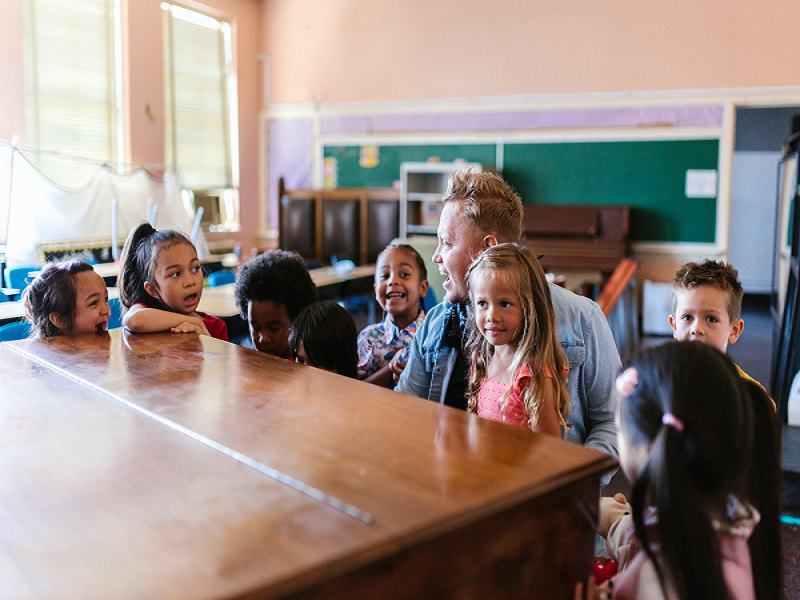
STEAM pre-school academy

They also design maps and communicate with their partners using storytelling as an interactive process to express their ideas and other elements of their story. Coding becomes a challenge of finding alternative routes and completing monthly missions with graded difficulty. Furthermore, educational robotics develop students' programming skills.
All the activities are fully integrated into the pre-school education curriculum and aim to provide young children with new knowledge while acquiring 21st century competences through a diverse range of learning opportunities with a holistic approach.
Additional information
-
Age from:4
-
Age to:6
-
Difficulty:Easy
-
Education type:Early Childhood Education and Care
-
Target audience:Student TeacherTeacherTeacher Educator
-
Target audience ISCED:Early childhood education (ISCED 0)
